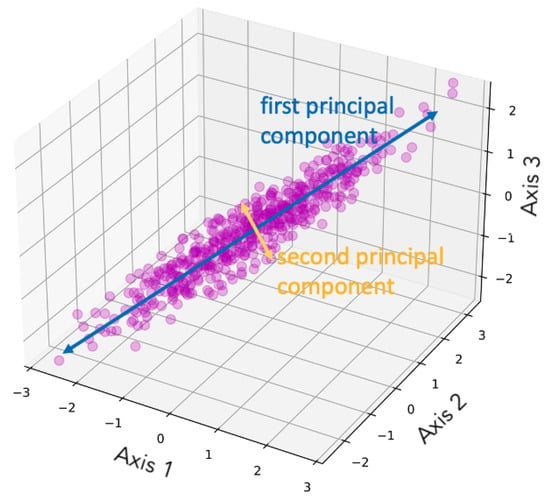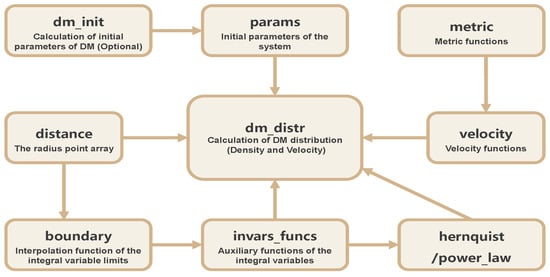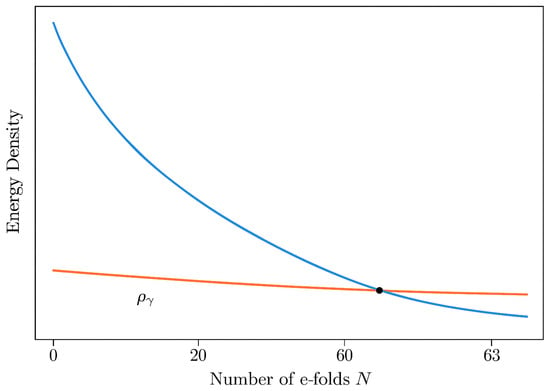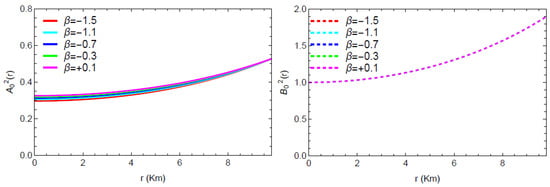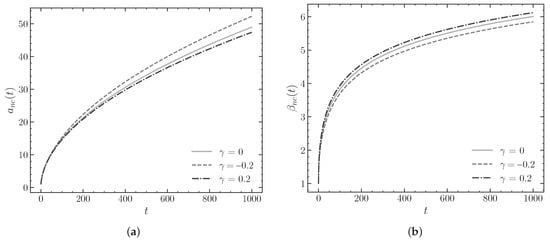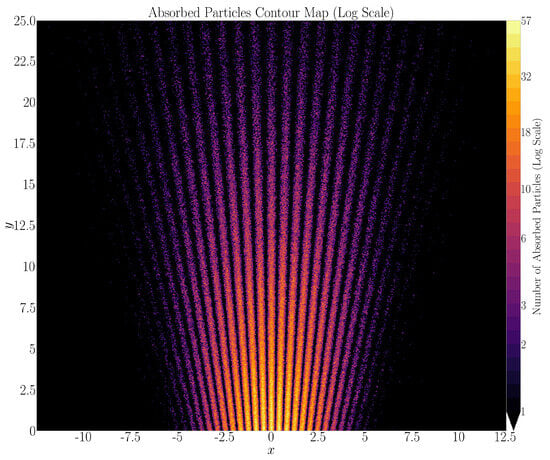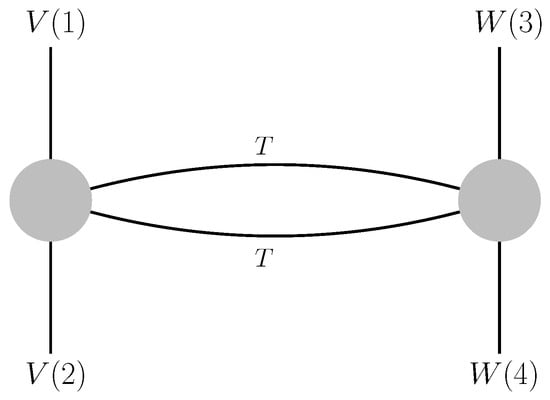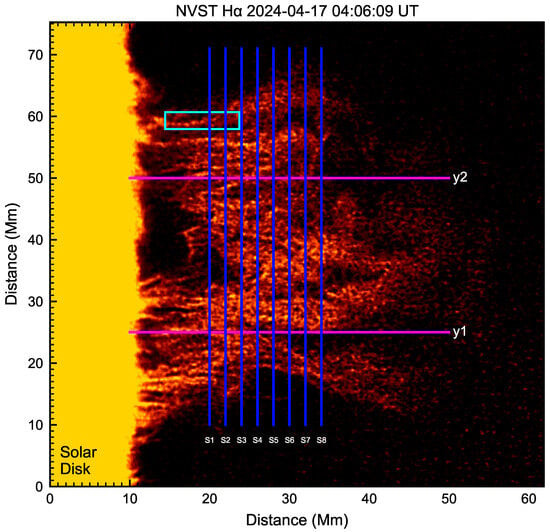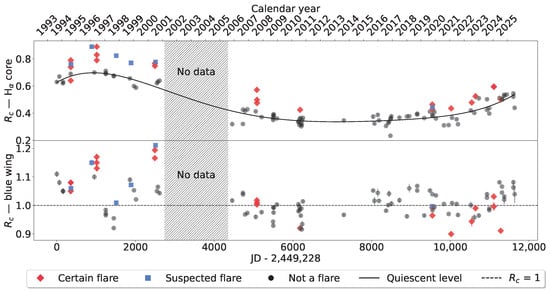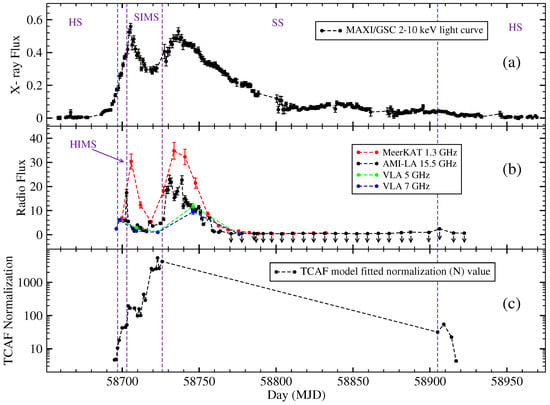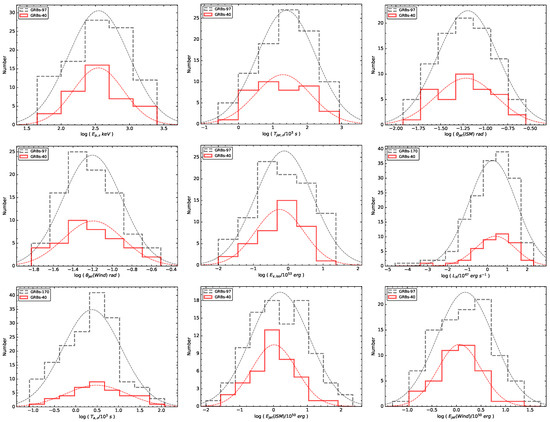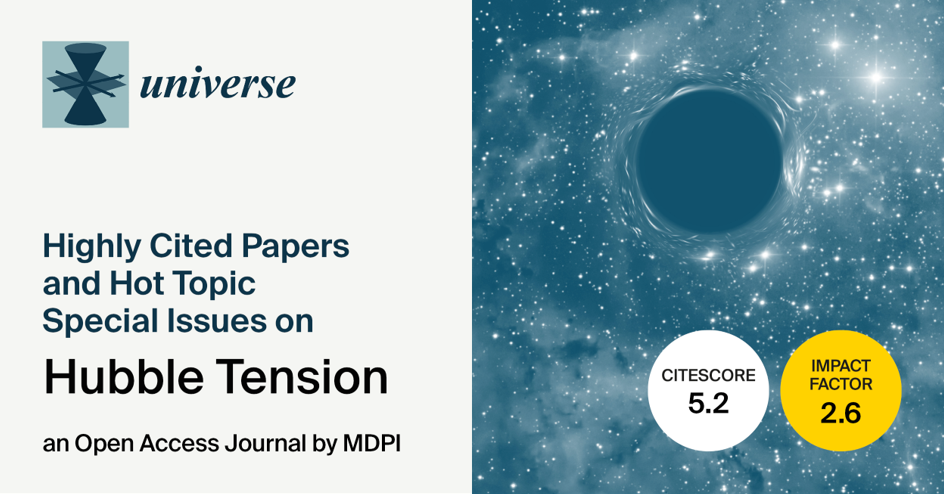galactic nuclei (AGN) and their coevolution with host galaxies. Among existing techniques,
H2O megamaser observations with Very Long Baseline Interferometry (VLBI) provide the
most direct and geometric determinations of SMBH masses by [...] Read more.
galactic nuclei (AGN) and their coevolution with host galaxies. Among existing techniques,
H2O megamaser observations with Very Long Baseline Interferometry (VLBI) provide the
most direct and geometric determinations of SMBH masses by tracing molecular gas in
sub-parsec Keplerian disks. Over the past two decades, the Megamaser Cosmology Project
(MCP) has surveyed thousands of nearby AGNs and obtained high-sensitivity VLBI maps
of dozens of maser disks that lead to accurate SMBH masses with uncertainties typically
below 10%. In this paper, we present a comprehensive review that summarizes the essential
elements required to obtain accurate black hole masses with the H2O megamaser technique—
including the physical conditions for maser excitation, observational requirements,
disk modeling, and sources of SMBH mass uncertainty—and we discuss the implications of
maser-based measurements for exploring SMBH demographics. In particular, we will show
that maser-derived black hole masses, largely free from the systematic biases of stellar or
gas-dynamical methods, provide critical anchors at the low-mass end of the SMBH population
(MBH ∼ 107M⊙), and reveal possible deviations from the canonical MBH–σ∗ relation.
With forthcoming spectroscopic surveys and advances in millimeter/submillimeter VLBI,
the maser technique promises to extend precise dynamical mass measurements to both
larger local samples and high-redshift galaxies. Full article





